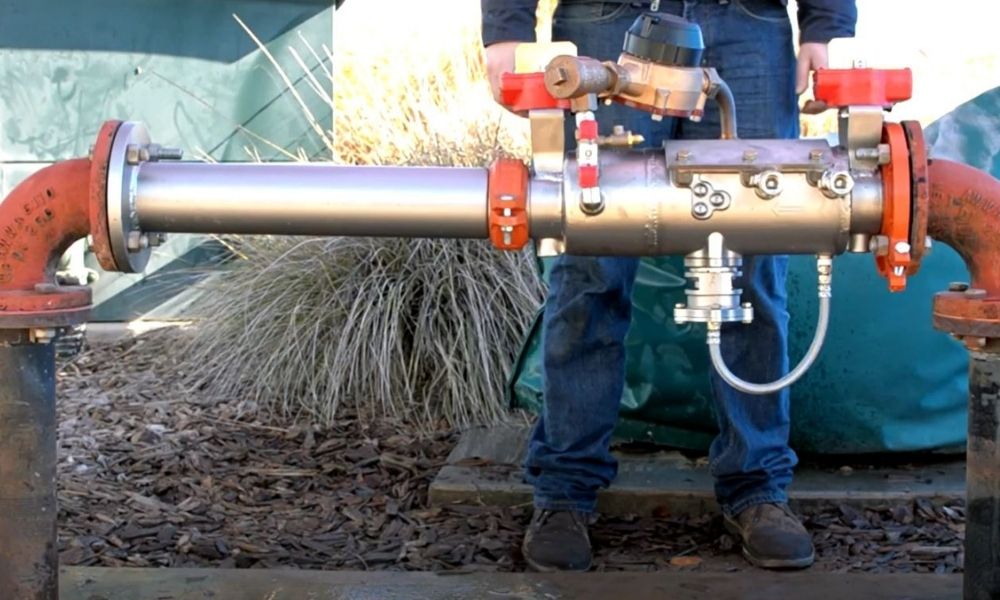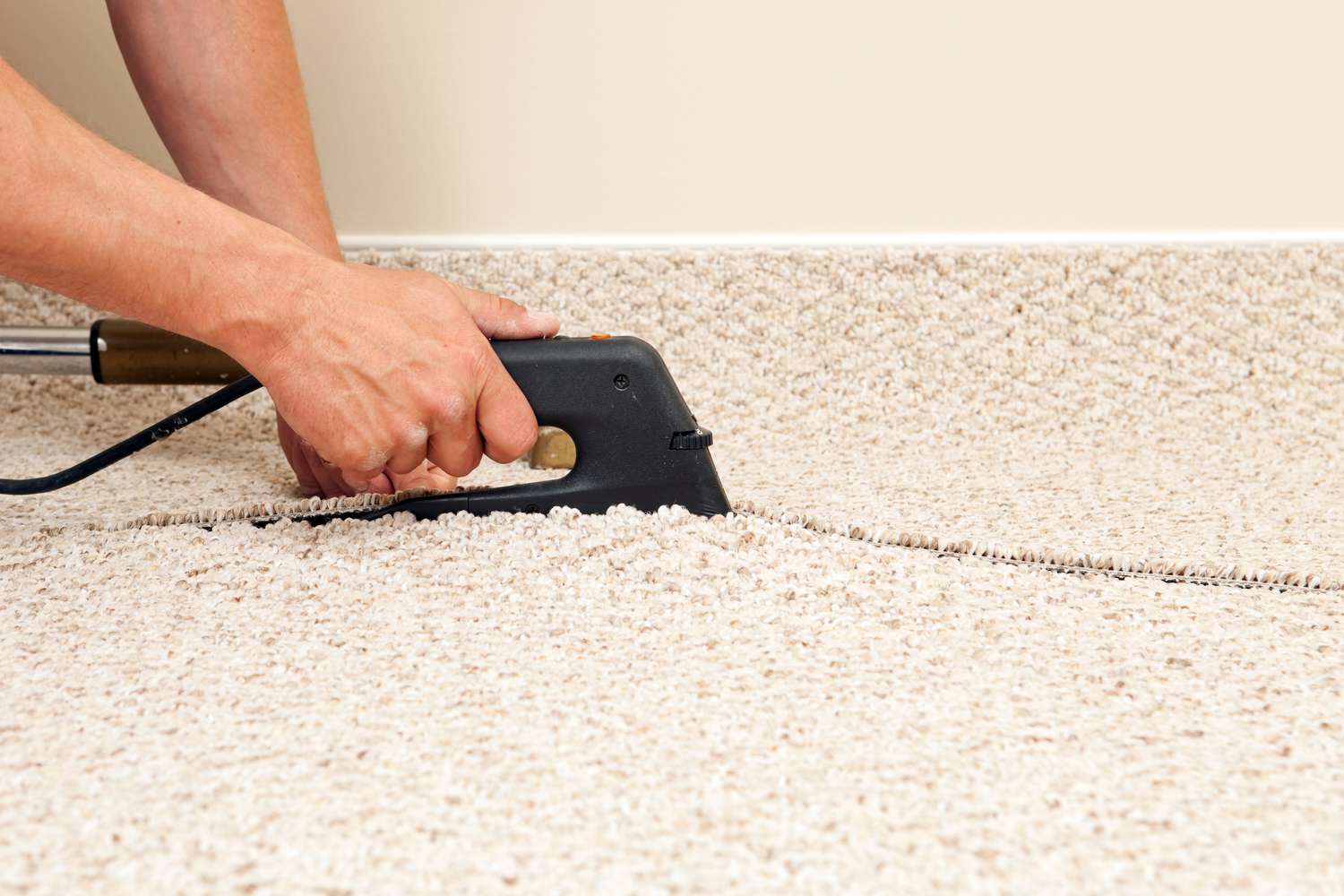The kinds of backflow preventer valves and signs of Malfunction
Backflow preventer valves are often installed in residential and commercial facilities (apartments, condo units, homes and shops) for the purpose of avoiding water from getting contaminated. Additionally, a backflow valve can be installed in a single-family home to preserve the quality of potable water.
Though a large number of homes often do not need a backflow preventer, residents who have either a sprinkler system, an outdoor pool or both, need to have such a valve installed.
Sprinkler systems can create fluctuations in water pressure in the pipes present behind the walls or in the ceiling. To prevent water contamination and numerous health issues, plumbing experts have provided a list of the kinds of backflow preventer valves along with the signs of any issues they may face.
Understanding Backflow
The water people receive in their homes is usually delivered by a main water supply line, and this is connected to water pipes in a residential property. The clean water is distributed through the pipes in a single direction to each fixture in the kitchen and bathroom. Water movement in these pipes underground or behind the walls is made by water pressure.
However, it is normal for water pressure in the main water pipes to fluctuate due to issues such as a broken fire hydrant or a burst pipe. Unfortunately, even a minor decrease in water pressure can cause the potable water in the pipes to flow in a reverse direction. So Always try to buy plumbing product from any best manufacturers in your town.
Once the potable water starts flowing in backward direction, there is a higher likelihood of it getting contaminated by local sewage systems. Flow of water going backwards in the main water supply line is referred to as a backflow in the plumbing system.
How Does a Backflow Preventer Valve Work?
A backflow preventer valve is designed to prevent water in the main water supply lines from flowing in a reverse direction. The valve will distribute the clean water from the main supply pipes to the water lines beneath the home’s foundation.
Before a backflow prevention device is installed in a home, it needs to be tested and approved by an independent firm, of which a few renowned ones are as under:
- Underwriters Laboratory (UL).
- American Society of Sanitary Engineers (ASSE).
- American Society of Mechanical Engineers (ASME).
Depending on the kind of issue residents are attempting to solve, there are various kinds of backflow preventer valves present that can be easily configured on a residential property.
Types of Backflow Prevention Valves
Let us now check the different kinds of backflow prevention valves present:
Double check valves
These valves are created to keep toxic chemicals out of potable water in the pipes. They are equipped with two check valves designed to close to eliminate the adverse consequence of a sudden change in water pressure. Additionally, the second check valve can be used when the other one is stuck open.
The two check valves in a double check assembly device might be connected with ball valves for the sake of restriction and troubleshooting. This backflow prevention valve can work together with test cocks allowing technicians to connect test equipment for confirming whether or not the double check valve is working properly.
Double check valves are often utilized in preventing water from contamination, especially in lawn sprinkling, boiler and fire sprinkler systems.
Reduced pressure zone valves
They are similar to double check backflow prevention devices as they’re equipped with two check valves. However, reduced pressure zones also have a relief valve that is engineered to open and release water which has been contaminated.
If the relief valve is flushing water from the pipes, then there is damage to the main water supply pipes, or check valves. Once the reduced pressure zones are fixed by a licensed technician, the valve will hence stop draining water.
Reduced pressure zone valves are quite popular in both cities and suburbs. The reason being that they can stop contaminants, like fertilizers, pesticides and other toxic chemicals from entering the clean water supply lines.
Pressure vacuum breakers
These valves are engineered to be connected with lawn sprinklers. Moreover, they are easily configured and removed on either small or large properties.
A pressure vacuum breaker valve can be easily installed either on an outdoor wall, or inside of a recessed box below the ground. The valve is designed to prevent the dirty water in sprinkler systems from entering potable water supply lines.
Those who are struggling in finding their home’s pressure vacuum backflow preventer on their home’s exterior, they should look for it in the basement. Why? Because there are instances that it may be installed either in the basement or in a utility closet.
Signs of a Damaged Backflow Preventer Valve
Here are the signs of a damaged backflow preventer valve:
Discoloration
If the water from either the sink or the shower looks cloudy or discoloured, then it is an indicator of a broken backflow valve in the pipes. Though it might be a tempting thing to ignore the water being brown or yellow in colour, it would be wise to call the plumber to avert potential health issues.
Diarrhoea, nausea, gastrointestinal problems, dehydration or stomach aches are caused by the consumption of tainted water.
Water Leakage
Once a backflow preventer valve reaches the midpoint of its life cycle, it will start leaking. The source of such a leak can be dirt, thermal expansion, or a change in water pressure. If a lot of water is being released by the backflow valve, then it is a clear indicator of damage to the valve.
In order to prevent water damage and flooding issues, it is important to call a certified plumber for inspection and replacement of the valve. Even a small leak can cause bad consequences, like odour, water induced damage and mold.
Slow Drainage
If the water level in the bathtub is rising even with the presence of the bathroom sink, then it means the backflow preventer valve is damaged. Once the backflow valve in a pipe is broken, the water becomes trapped and will not be able to circulate itself properly.
This issue can cause water backups that can push through other fixtures, drains and sinks present in the home. Additionally, an ineffective valve may cause slow drainage in either the kitchen or the bathroom sink.
Conclusion
A backflow preventer valve is an important part of household and commercial plumbing, which should be cared for periodically. Anyone witnessing any of the above signs of damage to it should immediately call a plumber to prevent further degradation of the valve.


